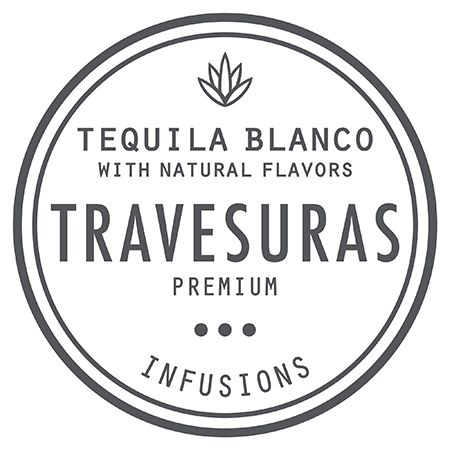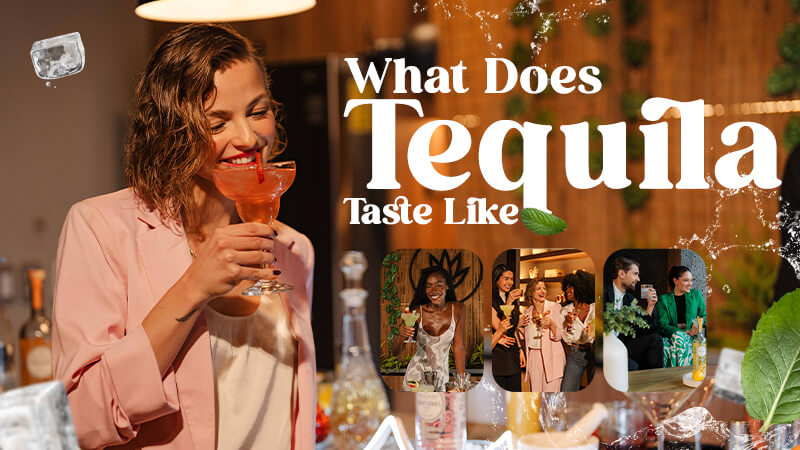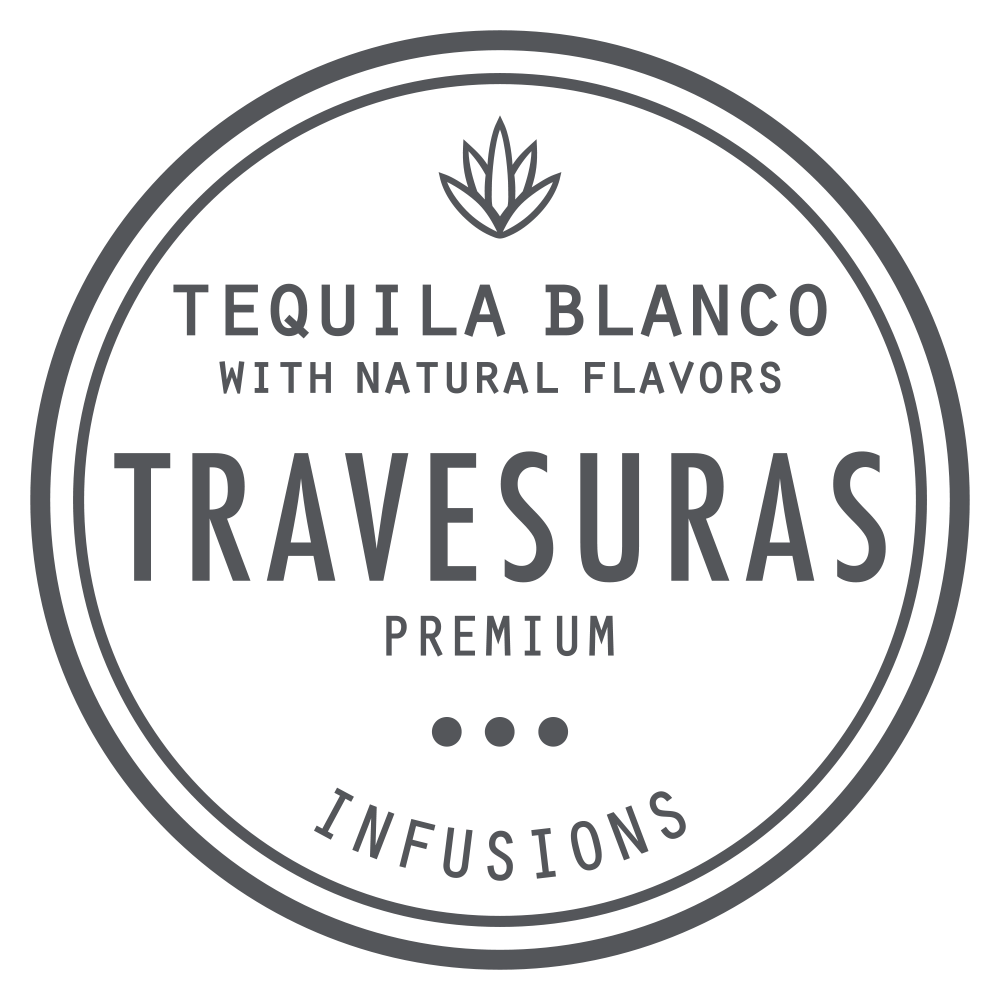If you’ve ever asked yourself, "What does tequila taste like?" - you’re not alone. Maybe you sipped it at a party once and felt your taste buds light up like fireworks. Or maybe you only remember the salt, the lime, and the questionable decisions. But there’s so much more to tequila than frat-house shots and margarita mix. Tequila is complex, nuanced, and (dare we say it?) a mood in itself. Let’s explore the taste of tequila, shall we?
Not All Tequilas Taste the Same
Before we dissect flavors, understand this - tequila is not a one-note spirit. Its flavor profile depends on the type, the aging process, and even where the agave was grown. You wouldn’t lump champagne and box wine in the same category, right? The same goes for tequila.
There are five main types;
• Blanco (Silver) – Unaged or aged for less than two months.
• Reposado – Aged in oak barrels for 2–12 months.
• Añejo – Aged 1–3 years in oak barrels.
• Extra Añejo – Aged over 3 years.
• Cristalino – A filtered Añejo that’s clear but still full of character.
Each one brings its own attitude to the glass—and trust us, some of them have serious swagger.
The Core Flavor
At the heart of every tequila lies one key ingredient: blue Weber agave. This plant acts as more than just the base. It’s the soul of the drink.
So, what does tequila taste like at its core?
• Earthy – Thanks to the agave, you get flavors that evoke fresh soil, volcanic ash, or even petrichor (that refreshing, invigorating, and joyful smell of rain on dry earth).
• Herbal – Think eucalyptus, green pepper, mint, and lemongrass.
• Vegetal – It’s not uncommon to taste cucumber, grilled pepper, or even steamed squash in a good tequila.
This flavor combo creates a wild, untamed base—perfect for both sipping and mixing. At Tequila Travesuras, we embrace this natural complexity. It’s the reason our infusions work so well with citrus, salt, and spice—they’re built on a daringly beautiful backbone.
Tasting Notes by Type

Now let’s break it down by type, because just saying “tequila tastes like tequila” is like saying “ice cream is just cold milk.” There’s a lot more that goes on here.
1. Blanco Tequila
This is the unfiltered truth of tequila. Blanco is bold, intense, and unapologetically agave-forward.
Flavor Profile:
• Bright citrus (lime, grapefruit zest)
• Fresh herbs
• Cracked pepper
• Slight sweetness
What it feels like: A wild night out that turns into deep conversation at 3 a.m. Also ideal for cocktails like margaritas, palomas, or a tequila mojito if you’re feeling dangerous.
2. Reposado
Aged up to a year, Reposado rests just enough to soften its edges. Oak barrels add warmth and mellow out the sharper tones.
Flavor Profile:
• Vanilla
• Caramel
• Toasted oak
• Baking spices (think clove or cinnamon)
What it feels like: A candlelit dinner in the middle of the desert. Unexpected. Romantic. Slightly mysterious.
3. Añejo
Aged up to 3 years, Añejo is basically tequila in a tuxedo. It’s rich, complex, and perfect for sipping neat.
Flavor Profile:
• Dark chocolate
• Dried fruit
• Tobacco
• Leather (in a good way)
What it feels like: Jazz at midnight. Old records. Expensive cigars. The good life.
4. Extra Añejo
The rarest, longest-aged tequila with the deepest flavors. You’ll want to take your time with this one.
Flavor Profile:
• Molasses
• Maple syrup
• Nutmeg
• Toasted almond
What it feels like: Luxury wrapped in a shot glass. Perfect for showing off. (Yes, you deserve it.)
5. Cristalino
This filtered form of Añejo strips away the color but keeps the flavor. It’s clean, smooth, and sexy as hell.
Flavor Profile:
• Vanilla cream
• Stone fruit
• White pepper
• Delicate oak
What it feels like: That friend who looks low-key until they start dancing. A quiet flex.
How Terroir Impacts Taste
You might hear tequila snobs (like us) talk about terroir—a fancy French word for “place matters.” Tequila from the highlands of Jalisco is different from lowland varieties.
• Highland agave is sweeter, fruitier, and has floral notes
• Lowland agave is earthier, spicier, and exhibits strong flavors
At Tequila Travesuras, we source agave from the finest regions because terroir matters. It's why our infused tequilas have such a beautifully layered taste. The base tequila is already doing half the heavy lifting.
Tequila Tasting Tips
To really understand the taste of tequila, sip it like a sommelier. Here’s how:
1. Look – Hold it up to the light. Swirl. Observe the legs (that’s how the tequila clings to the glass).
2. Smell – Don’t dive in nose-first. Sniff gently, and do it in layers—first from a distance, then closer.
3. Sip – Take a small amount and let it linger on your tongue.
4. Exhale – Yes, exhale after swallowing. You’ll taste way more.
And whatever you do - don’t shoot it unless it’s bad tequila (which you won’t find at Tequila Travesuras).
What About Flavored or Infused Tequila?
Ah, now we’re talking fun. Tequila infusion or infused tequila - like the ones from Tequila Travesuras - add playful notes like lemon, watermelon spearmint, or spicy mango. These flavors complement the natural agave base instead of masking it.
What do these taste like?
• Lemon tequila – Citrusy and tangy.
• Watermelon spearmint tequila – Bright, sweet, and refreshing.
• Spicy mango tequila – Tropical sweetness with hints of spicy heat.
Perfect for cocktails or sipping on the rocks when you’re in the mood to feel fancy.
Bottoms Up
Tequila tastes like sunshine mixed with mischief. It’s agave and oak, fruit and fire, wild nights and slow sips. It’s as diverse as the people who drink it—and that’s the beauty.
If you’ve only tasted one kind of tequila, you haven’t really tasted tequila. Give it another shot—literally—with something smooth, unforgettable, and unapologetically buzzy from Tequila Travesuras.
Next time someone asks “What does tequila taste like?”, you’ll know what to say—and maybe even pour them a glass. After all, good tequila and vodka drinks aren’t just spirits but worthwhile experiences. And if you’re sipping Tequila Travesuras, it’s one hell of a stylish ride.
Q1. Does the color of tequila affect its taste?
Yes, darker tequilas like Añejo or Extra Añejo tend to have richer, deeper flavors from barrel aging, while clear tequilas like Blanco taste fresher, sharper, and more agave-forward
Q2. Is tequila sweet or bitter?
Tequila can be both. Blanco tends to have more citrusy and earthy bitterness, while aged varieties like Reposado or Añejo develop sweet vanilla, caramel, and spice notes.
Q3. Why does tequila taste different from other spirits?
Tequila is made from blue Weber agave, not grains or sugarcane. This unique base gives it vegetal, earthy, and herbal flavors that stand apart from vodka, rum, or whiskey.
Q4. How should tequila be stored to maintain its taste?
Store tequila upright in a cool, dark place with a tightly sealed cap. Avoid sunlight and heat exposure, as both can degrade the flavors and alter the tequila’s taste.
Q5. Can the same type of tequila taste different across brands?
Absolutely. Production methods, aging techniques, and agave sourcing vary widely. That’s why Tequila Travesuras, with its highland-sourced agave and artisanal approach, tastes more layered and vibrant than mass-market brands.
Must Read: Why Watermelon & Tequila Are the Ultimate Summer Pair
- View: 86
- Categories: Noticias


